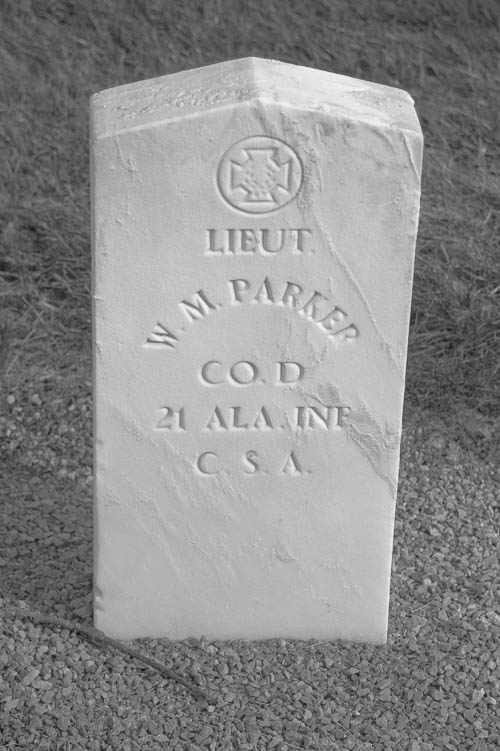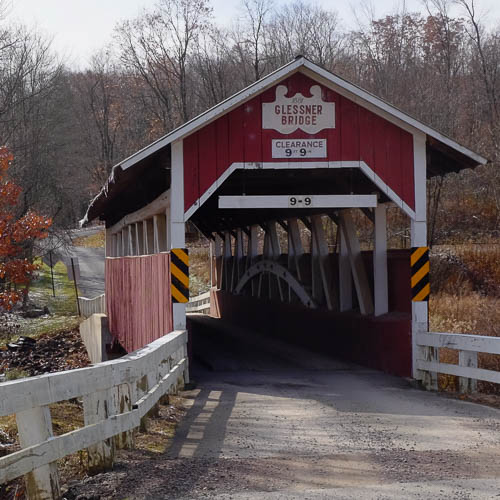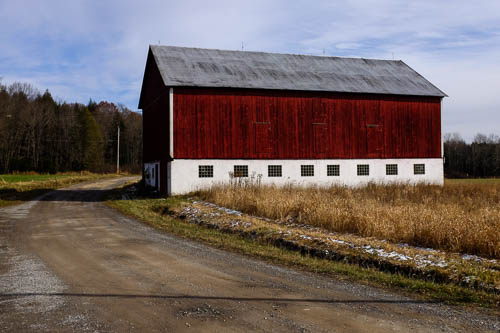
Barber Shop

Places and Their People, History, and Lore


I took this at the Allegheny Cemetery Soldiers’ Lot, Lawrenceville, Pittsburgh, PA. This headstone marks the grave of a Confederate soldier from the American Civil War. (C.S.A. stands for “Confederate States of America.”)

I visit the Flight 93 National Memorial during some trips to my hometown of Berlin, PA. I travel from Berlin to the memorial on a series of back roads. (These roads are a much more direct way for me than the posted route on U.S. 30 / Lincoln Highway.)
On each trip, I pass signs for the Glessner Bridge. Tobias Glessner built this bridge in 1881. The bridge sits on the National Register of Historic Places.
Only five miles separates the Glessner Bridge from the Flight 93 National Memorial.
I visited the bridge last weekend.
If you visit the bridge, be mindful that you will leave the “main drag” of Route 30. You will travel past working farms. Last week, I had to slow down for chickens on the road. I also saw an Amish buggy. In other words, PAY ATTENTION as you drive. STAY OFF OF YOUR PHONE.
(Sidenote: Both my mother and my mother-in-law lived in rural Pennsylvania at points in their lives. Both women told stories of having to stop their cars for cows sitting in the middle of various farm roads. It happens.)
Also, here’s the barn that sits next to the bridge.
